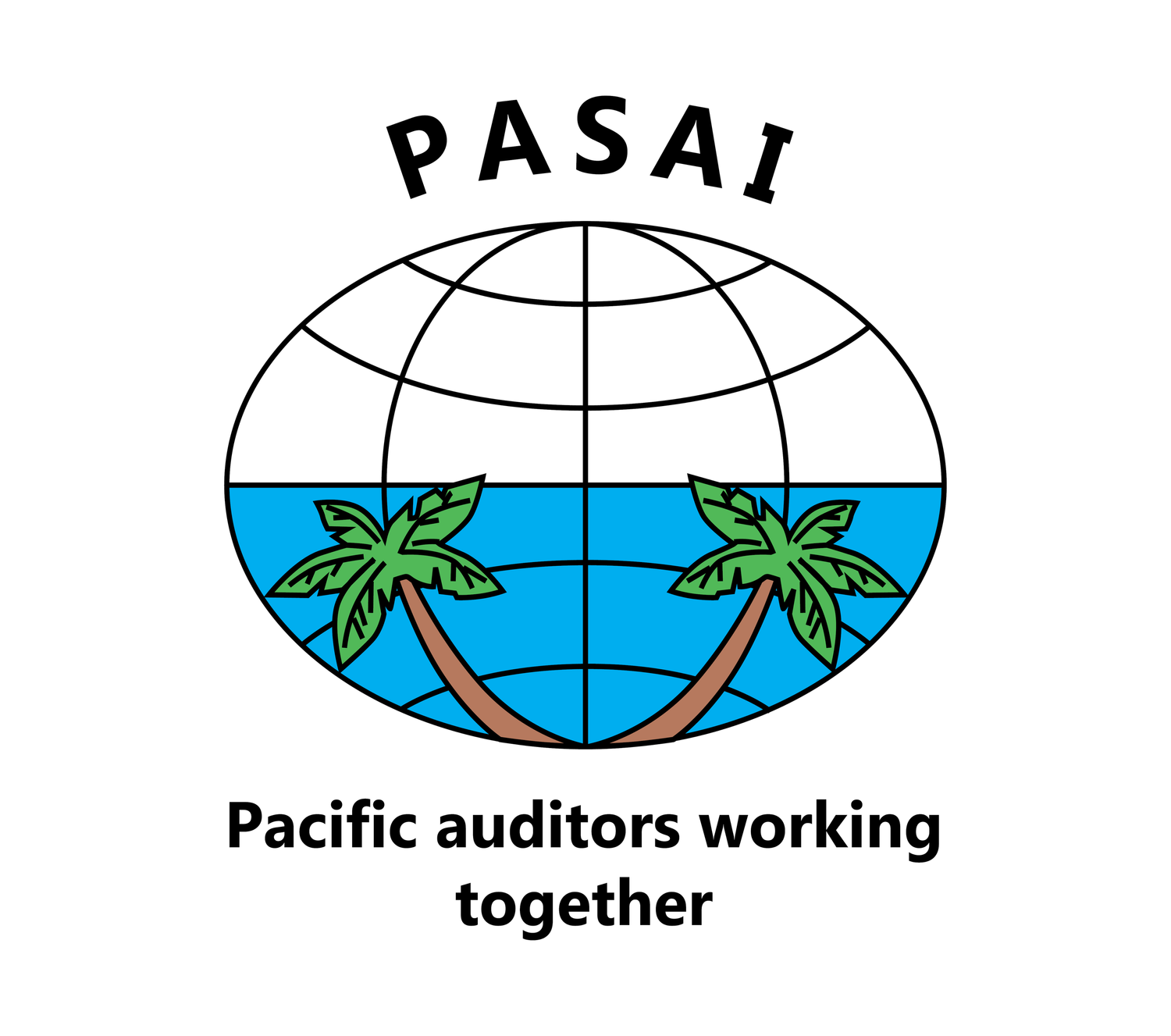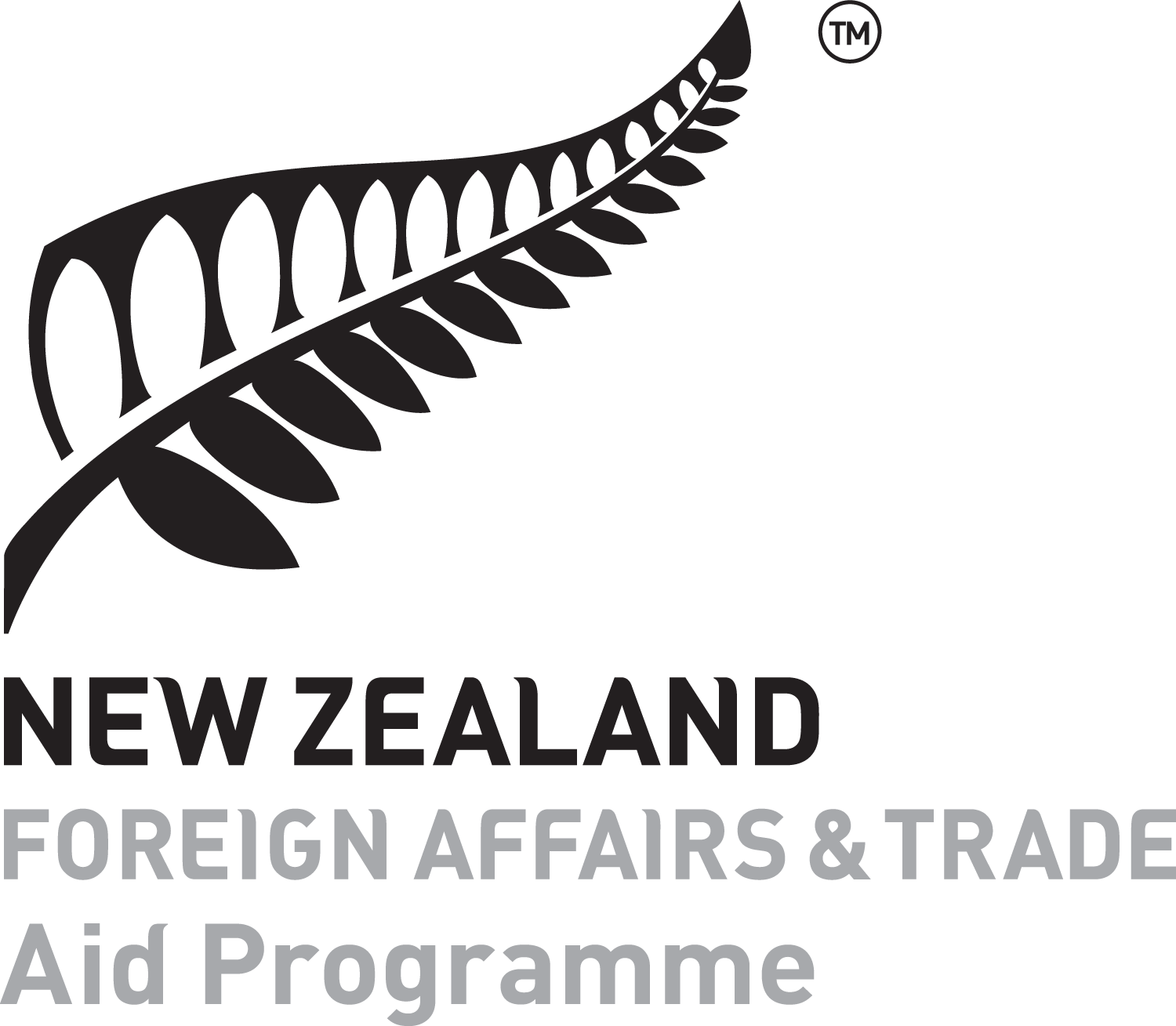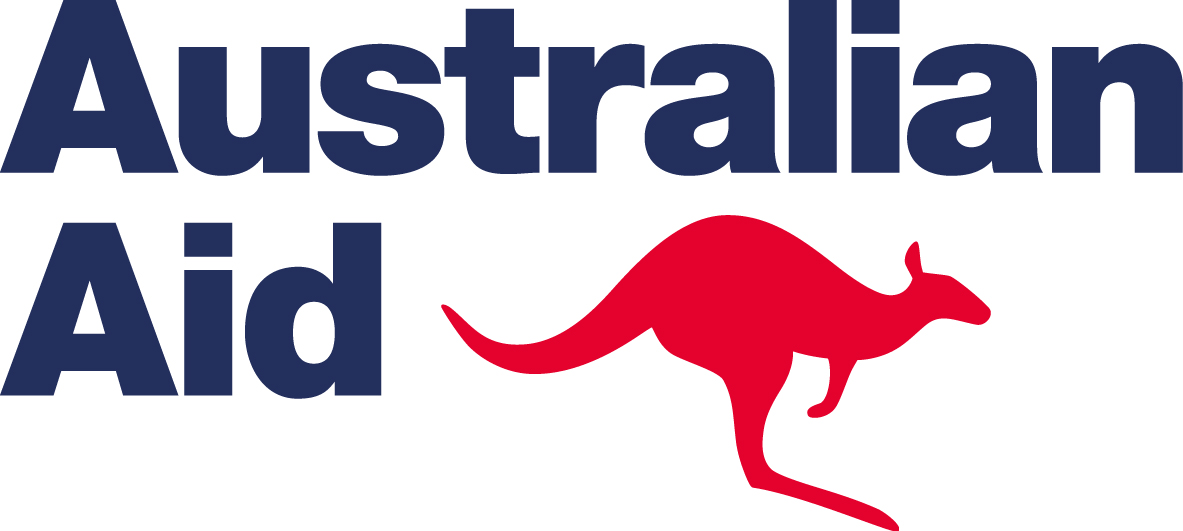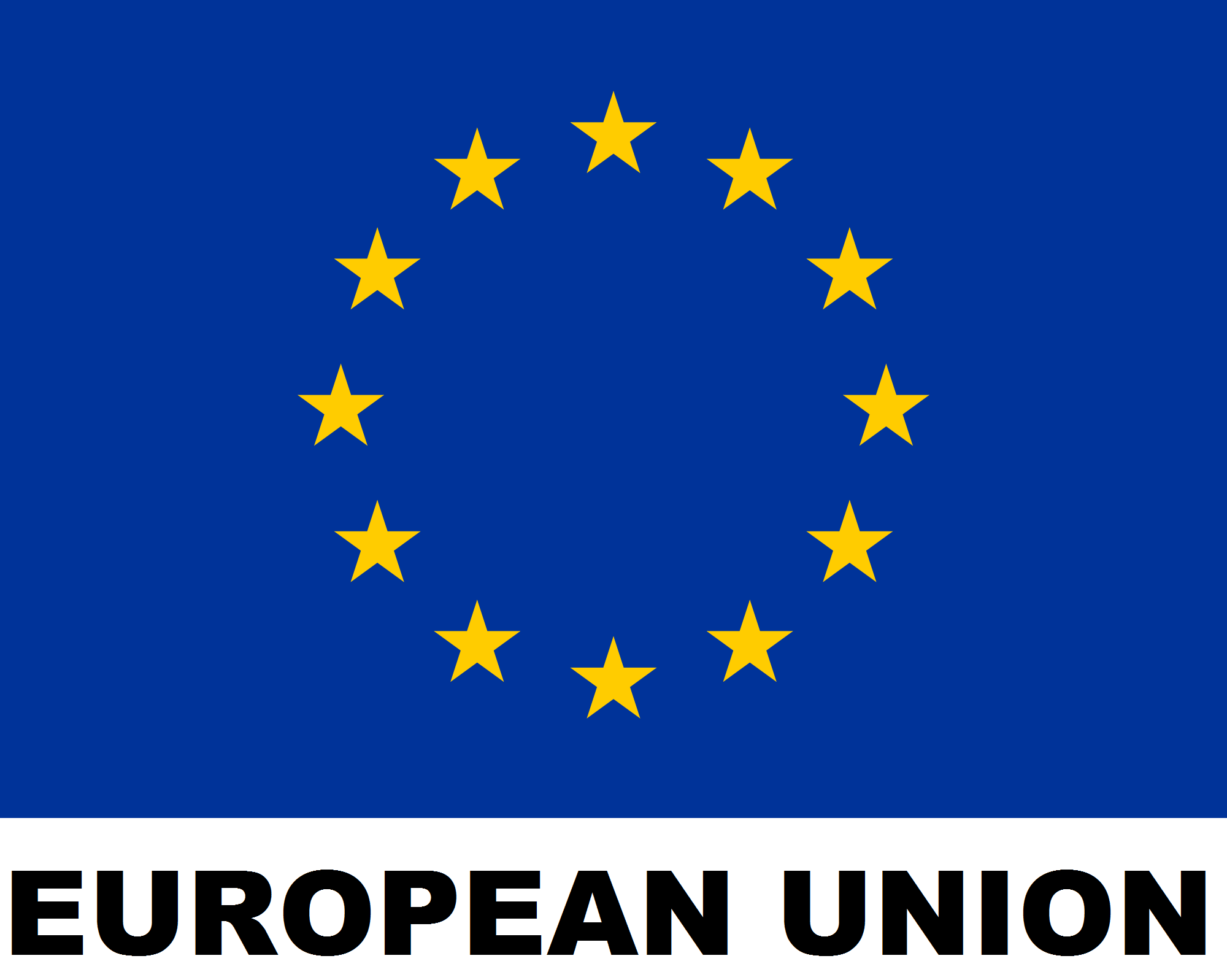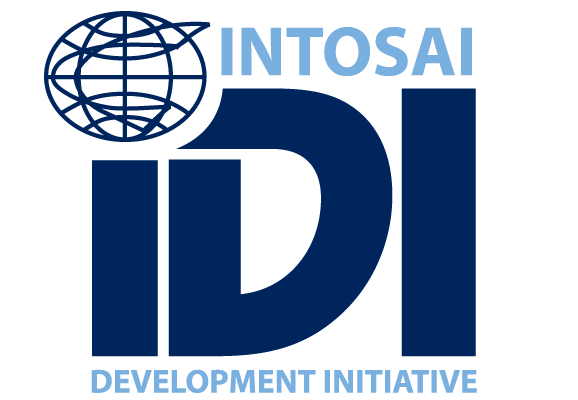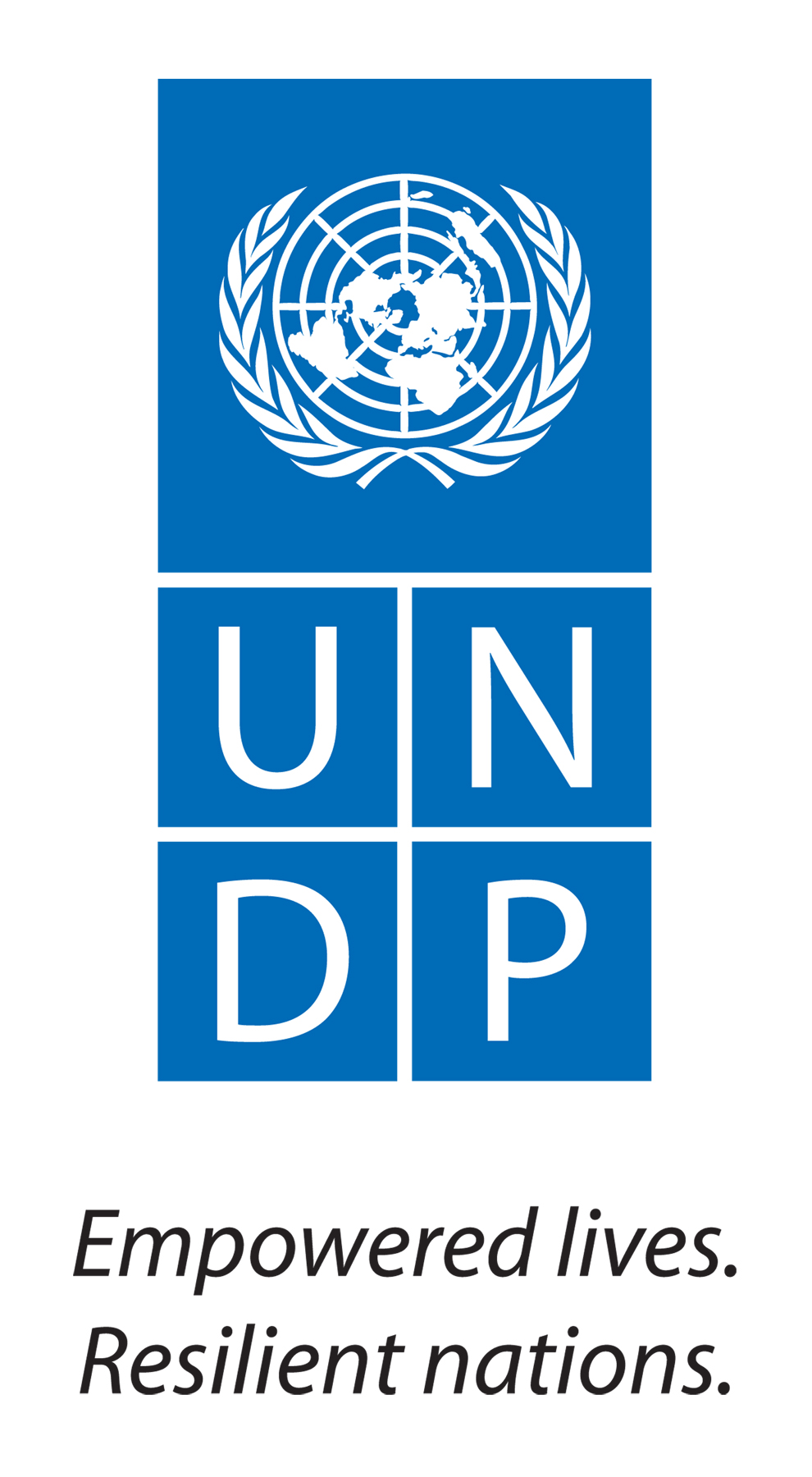By Annie Subactagin-Matto, Director – Monitoring, Evaluation and Reporting, PASAI
Why leadership matters
Leadership strength and competency is strongly related with an organisation’s ability to deliver and sustain exceptional performance over time [1] and to respond quickly and effectively to internal and external opportunities and challenges.
Leadership competencies to achieve excellence
A global survey identifies five key competency areas that effective leaders tend to exhibit:
High ethical standards and providing a safe environment by demonstrating a commitment to fairness, clearly communicating their expectations to which they hold themselves and others to account, and behaving in a way that is consistent with organisational values.
Empowering individuals to self-organise by providing clear direction and delegating work and decision making across the organisation. This approach builds trust, improves employee engagement, commitment and job satisfaction – in turn leading to higher levels of productivity.
Promoting connection and belonging among employees through encouraging open and regular communication. From a neuroscience perspective, creating psychological safety and connection in the workplace allows employees to access their full potential by activating the higher functioning prefrontal cortex, which is associated with the essential cognitive abilities required in a workplace – attention and focus, coordination, planning, decision making and managing emotions.
Openness to new ideas and organisational learning by demonstrating safety for trial-and-error, flexibility to change opinions and being open to innovative ideas. Leaders who demonstrate a ‘flexible’ versus ‘fixed’ mindset encourage continuous improvement and a greater diversity of ideas and approaches resulting in innovative, streamlined business processes and more impactful and well-considered outputs.
Commitment to the professional and intellectual growth of employees by encouraging and advocating for their ongoing training. Managing through fear and consequence reduces higher brain functions whereas leaders who support employee growth are rewarded with higher quality work, engagement and staff retention. [2]
Leading in the pandemic: creating clarity, building resilience and charting a clear direction
The COVID-19 pandemic poses unprecedented challenges to leaders of public and private sector organisations. The pandemic has required a swift leadership response to allow changes in how and where employees work, significant shifts in operating models and service delivery and rapid digital transformation while maintaining business performance, employee morale, engagement and wellbeing.
Effective communication is critical for leaders in a situation of crisis, in particular the need to listen actively to their people and those providing expert advice. Leaders need to communicate swiftly, regularly and with candour with their peers, teams and within the wider organisation. During a crisis information is likely to be unavailable or inconsistent. When people are often unsure about what they know, behavioral science points to an increased human desire for transparency, guidance, and making sense out of what has happened [3]. This approach enables leaders to create hope and stability, revitalise and strengthen the resilience of their people and support them to form some meaning out of uncertainty.
Characterised by regular, fact-based communication and increased engagement with vulnerable communities, New Zealand’s swift, decisive and empathetic response to the pandemic has been commended globally. At a recent event hosted by the Te Kawa Mataaho Public Service Commission, Dr Ashley Bloomfield (Director-General of Health New Zealand) noted, “If people understand the ‘why’, they will do extraordinary things”.
The theme of the 23rd PASAI Congress, held from 22–24 June 2021, was ‘Impact through leadership’. Keynote speaker, Dr Siouxsie Wiles (Associate Professor, Auckland University and New Zealander of the Year 2020), advised the best way to communicate ideas to stakeholders is to provide information in short, understandable parts making complex information and key facts engaging and ideally shareable. She used this approach to collaborate with cartoonist Toby Morris to communicate the science of COVID-19. Their work together includes the popular ‘flatten the curve’ visualisation, which has been translated into many languages and adapted by governments to help people understand lockdowns.
PASAI leadership and communications programmes
Heads of SAIs and established second tier SAI leaders are attending PASAI’s leadership programme which covers the following broad topic areas:
Leading and establishing organisational culture
People management
Organisational leadership
Managing and developing stakeholder relationships
Dealing with challenges and maintaining a long-term view.
The programme aims to enhance and strengthen the effectiveness of SAI Heads as leaders and significant influencers in the public financial management system of their country, and to create a critical mass of leaders to influence good governance, transparency and accountability in the Pacific region.
Beginning in August 2021, this programme runs for up to 18 months and includes online workshops and group coaching sessions to establish a cohort of Pacific SAI Heads to share leadership experiences and mutual support around the unique challenges they face as leaders.
PASAI’s communications programme aims to enhance a range of communication capabilities among public auditors. During the 2021–22 financial year, PASAI plans to arrange technical assistance for and/or deliver workshops on developing and implementing a communications strategy, engaging with the media and other key stakeholders, report writing, interpersonal communication skills and website design and analytics.
What’s next?
Future topics in our series include:
Sustainable Development Goals
SAI NZ’s emergency response approach
We welcome feedback and look forward to hearing about your areas of interest. Please email secretariat@pasai.org.
References
[1] McKinsey & Company (2021). McKinsey Quarterly Five Fifty: Leadership at scale. https://www.mckinsey.com/featured-insights/leadership/five-fifty-leadership-at-scale
[2] Harvard Business Review (2016). The most important leadership competencies, according to leaders around the world. https://hbr.org/2016/03/the-most-important-leadership-competencies-according-to-leaders-around-the-world
[3] McKinsey & Company (2020). A leader’s guide: Communicating with teams, stakeholders and communities during COVID-19. https://www.mckinsey.com/business-functions/organization/our-insights/a-leaders-guide-communicating-with-teams-stakeholders-and-communities-during-covid-19
[4] Rouleau et al. (2021). Covid-19 and Our Understanding of Risk, Emergencies and Crises. Journal of Management Studies. 58:1. https://onlinelibrary.wiley.com/doi/10.1111/joms.12649
[5] Christianson, M. and Barton, M. (2021). Sensemaking in the Time of COVID-19. Journal of Management Studies, 58:2. https://onlinelibrary.wiley.com/doi/10.1111/joms.12658
The Pacific Association of Supreme Audit Institutions (PASAI) is the official association of supreme audit institutions (SAIs) in the Pacific region, promoting transparent, accountable, effective and efficient use of public sector resources in the Pacific. It contributes to that goal by helping its member SAIs improve the quality of public sector auditing in the Pacific to recognised high standards. Our blog includes topics that may help auditors think about some implications to service delivery as a result of the global coronavirus pandemic (COVID-19).

